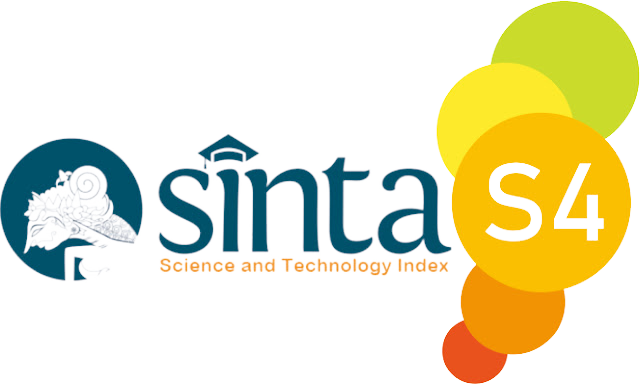- EISSN : 27157539
- Editorial Boards
- Editorial Team
- Focus And Scope
- Review Process
- Publication Frequency
- Author Guideline
- Publication Ethics
- Author Charge
- Privacy Statement
- Copyright Statement
- Author Index
- Open Acces Policy
- Plagiarisme Checker
- Contact Us
TOOLS







